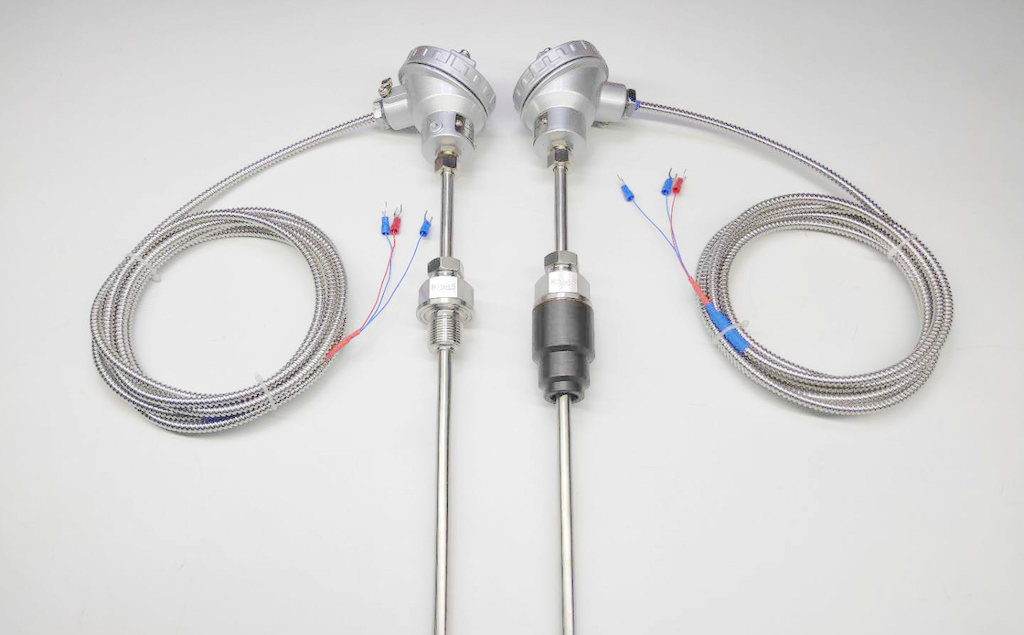
 Calculation formula of pt100 temperature sensor
Calculation formula of pt100 temperature sensor
1000 after PT means that its resistance is 1000 ohms at 0 ℃ and 2120.515 ohms at 300 ℃. Its working principle: when PT1000 is at 0 ℃, its resistance is 1000 ohms, and its resistance changes linearly with temperature.
Pt100 is a platinum thermistor, and its resistance value will change with the change of temperature. The 100 after PT indicates that its resistance is 100 ohms at 0 ℃ and 138.5 ohms at 100 ℃. Its working principle: when PT100 is at 0 ℃, its resistance is 100 ohms, and its resistance will increase at an approximately uniform rate as the temperature rises. But the relationship between them is not a simple proportional relationship, but should be closer to a parabola.
Calculation of PT100 thermal resistance
Equation of IEC 751: in the temperature range of - 78 ℃ to 0 ℃:
Rt=100[1+3.90802&TImes; 10-3&TImes; t-0.5802&TImes; 10-6&TImes; t2-4.27350 × 10-12 (t-100) t ^ 3] within the temperature range of 0 ℃ to+600 ℃:
Rt=100(1+3.90802 × 10-3 × t-0.5802 × 10-6 × T ^ 2) Where: Rt is the resistance value at temperature t (unit: Ω) t is the temperature (unit: ℃)
PT100 thick film platinum resistance temperature sensor is allowed to pass the working current of ≤ 5mA
PT100 calculation formula, two forms in practical application of PT100
Use of PT100
The use of Pt100 temperature sensor. The Pt100 temperature sensor is an analog signal, which has two forms in practical application: one is that it does not need to be displayed and is mainly collected to the plc. In this way, when using it, only a piece of pt100 integrated circuit is needed. Note that this integrated circuit is not collecting the current signal but the resistance value.
The integrated circuit of the pt100 (a+- 12VDC power supply is required to provide the working voltage) directly changes the collected resistance into 1-5VDC and inputs it to the plc. After simple+- */calculation, the corresponding temperature value can be obtained.
Another is a separate pt100 temperature sensor (the working power supply is 24VDC), which generates a 4-20MA current, and then changes the 4-20MA current to 1-5V voltage through a 4-20MA current circuit board. The difference is that an electromagnetic indicating instrument can be connected.

